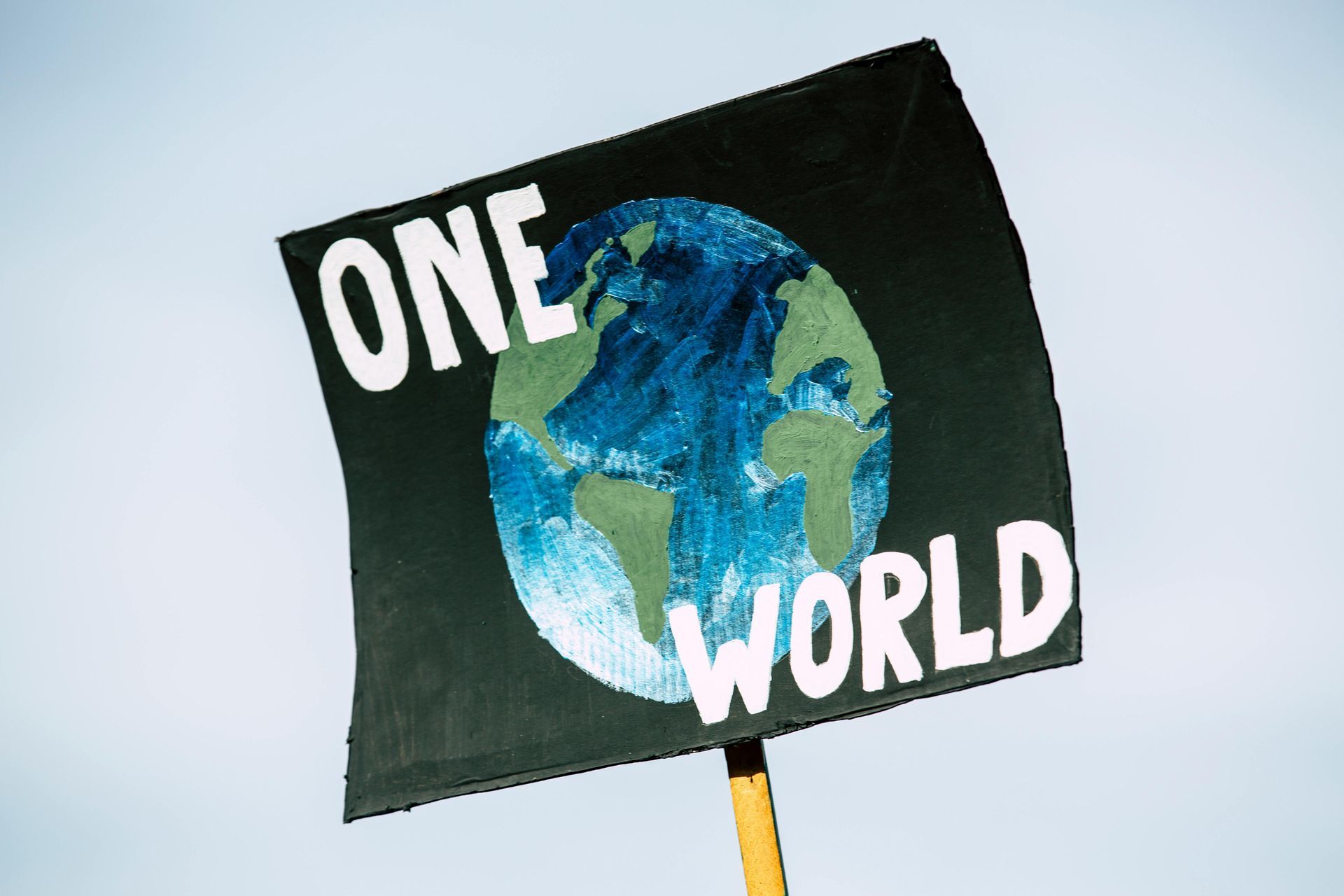How Peru’s Soaring Food Prices Are Deepening the Nation's Poverty Crisis.
In recent months, Peru has been grappling with an escalating food crisis that has deepened existing economic vulnerabilities, leaving an increasing number of citizens hungry and unsure of their next meal. The crisis is the result of a perfect storm of factors, including skyrocketing inflation, political instability, the lingering effects of the COVID-19 pandemic, and environmental challenges affecting agriculture.
From: Patrick @ WCC | 08/26/2025
How Peru’s Soaring Food Prices Are Deepening the Nation's Poverty Crisis.
Peru’s Food Crisis Escalates as Soaring Prices and Widespread Poverty Take Their Toll
In recent years, Peru has found itself grappling with a burgeoning food crisis, as escalating prices and deep-seated poverty take a heavy toll on the nation’s citizens. The situation has exacerbated food insecurity for millions, creating a pressing challenge for the government and humanitarian organizations alike.
The Roots of the Crisis
Several factors have contributed to the escalating food crisis in Peru. Economic disruptions stemming from global events, such as the COVID-19 pandemic and geopolitical tensions, have led to supply chain disruptions and inflationary pressures. These issues have been compounded by domestic problems, including long-standing socio-economic disparities, political instability, and natural disasters exacerbated by climate change.
With global supply chains still recovering, costs for essential goods, including basic foodstuffs such as rice, meat, and vegetables, have surged. These price hikes disproportionately affect the poorest sectors of society, who already struggle with limited financial resources. In rural areas, where many people rely on agriculture, the effects of climate change have further intensified the crisis. Prolonged droughts and extreme weather events have resulted in poor harvests, rendering many smallholder farmers unable to sustain themselves.
The Human Impact
The consequences of this crisis are severe. According to recent reports, the number of Peruvians experiencing food insecurity has reached alarming levels, with many families forced to skip meals or rely on less nutritious alternatives. Increased poverty rates have also forced some children to leave school and join the workforce, eliminating crucial opportunities for future advancement.
Health outcomes in Peru have worsened as well, with rising cases of malnutrition and related illnesses. The healthcare system, already stretched thin due to the pandemic and economic difficulties, is struggling to address the growing needs of its population.
Government and International Response
In response to the crisis, the Peruvian government has announced several measures to stabilize prices and provide relief to the most vulnerable populations. Subsidies for staple foods, emergency cash transfers, and agricultural support for small farmers are among the strategies being employed. However, logistical challenges and limited resources have hindered the widespread implementation of these initiatives.
International organizations, including the United Nations World Food Program and various NGOs, are actively working to provide aid and mitigate the impact of the crisis. Collaborative efforts to distribute food parcels, enhance sustainable farming practices, and build community resilience are underway, offering some hope amidst the widespread hardship.
A Call for Long-Term Solutions
While immediate relief efforts are crucial, addressing the root causes of Peru's food crisis requires long-term strategic planning. Investments in sustainable agriculture, infrastructure development, and education could provide a pathway to reducing poverty and enhancing food security in the future. International support, coupled with cohesive policy-making, is essential to foster a more resilient and equitable food system in Peru.
As the crisis continues to unfold, it serves as a stark reminder of the interconnectedness of global issues and the urgent need for collective action in tackling food insecurity and poverty worldwide.







